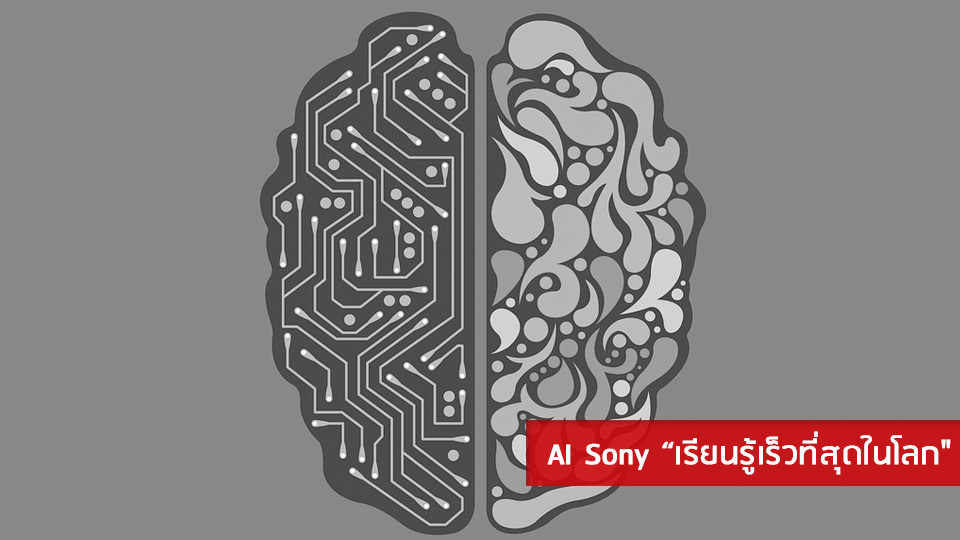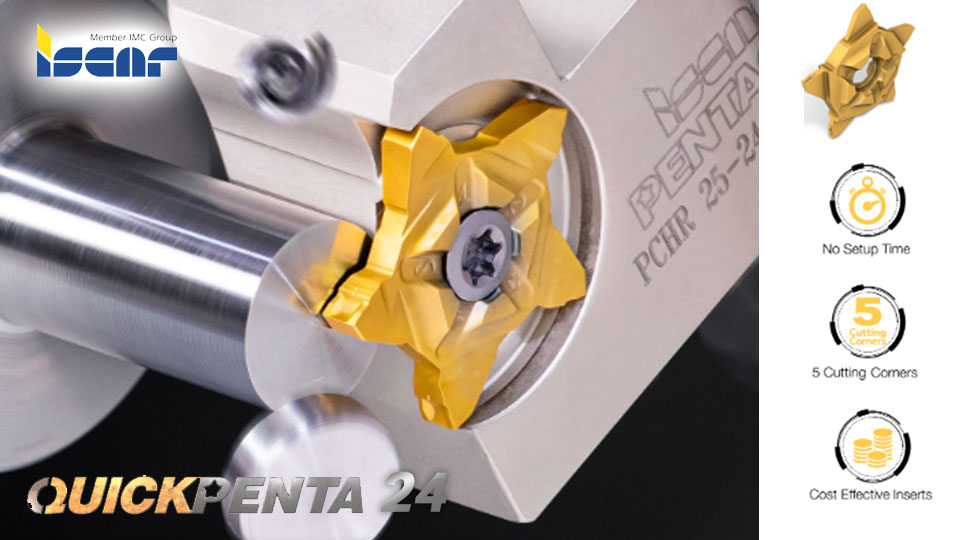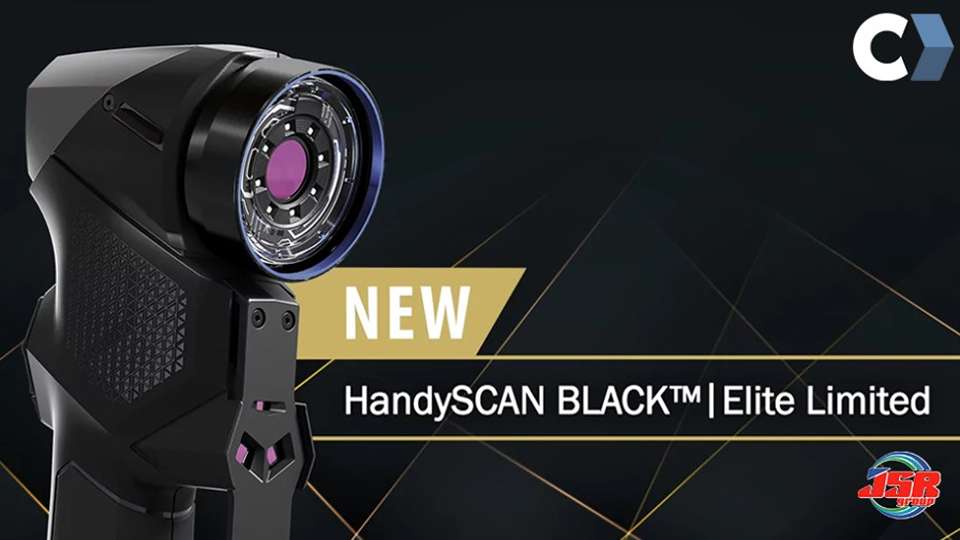
Sony’s AI Achieves "World’s Fastest Deep Learning"
Sony Corporation reported its success in developing a deep learning process, which is a method of machine learning that uses neural networks modeled after human neural cell system, currently at the world’s fastest speed (recorded on 13 November 2018).
The success happened based on Sony’s framework called “Core Library: Neural Network Libraries” in conjunction with the AI Bridging Cloud Infrastructure (ABCI), which is a processing structure for AI developed by Japan's National Institute of Advanced Industrial Science and Technology (AIST).
In these recent years, most of the advancement of AI processing resulted from a deep learning process, in which AI identified and stored images and voices and thus resulting an ability to process images and voices twice as fast and precisely as human brains. However, one major problem still exists; the faster AI stores images and voices that it has learned, the more time it will need to process due to the constantly increasing data in its memory. Additionally, in some cases of deep learning, it would necessarily take even several weeks or months for the AI to start processing. So, this faster learning process will come into play in this regard.
Up until now, the developers usually opted to install multiple graphic processing units (GPUs) in AI. In many cases, processing a huge load of data simultaneously could result in lower speed or complete halt including a delay due to the data transmission among the GPUs.
By harnessing ABCI, Sony’s AI takes less time in data transmission and increases the learning process even in large-scale environment without any delay. As a result, it was able to complete “ImageNet/ResNet-50*2”, the general industry benchmark used to measure distributed learning speeds for deep learning in approximately 3.7 minutes when using as many as 2,176 GPUs, achieving the world’s fastest speeds to date and beating the previous Tencent’s record of 6.6 minutes last July.
The success will help reduce time for trial-and-error process during the technology development, accelerating the development to become available to the society.






